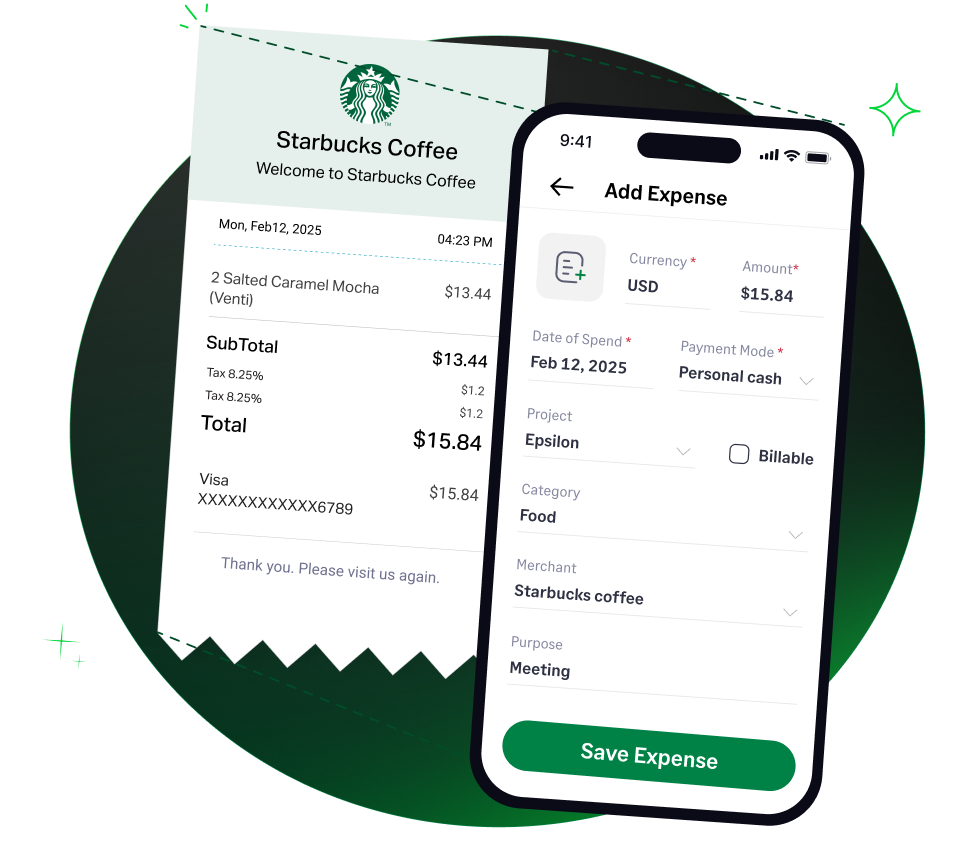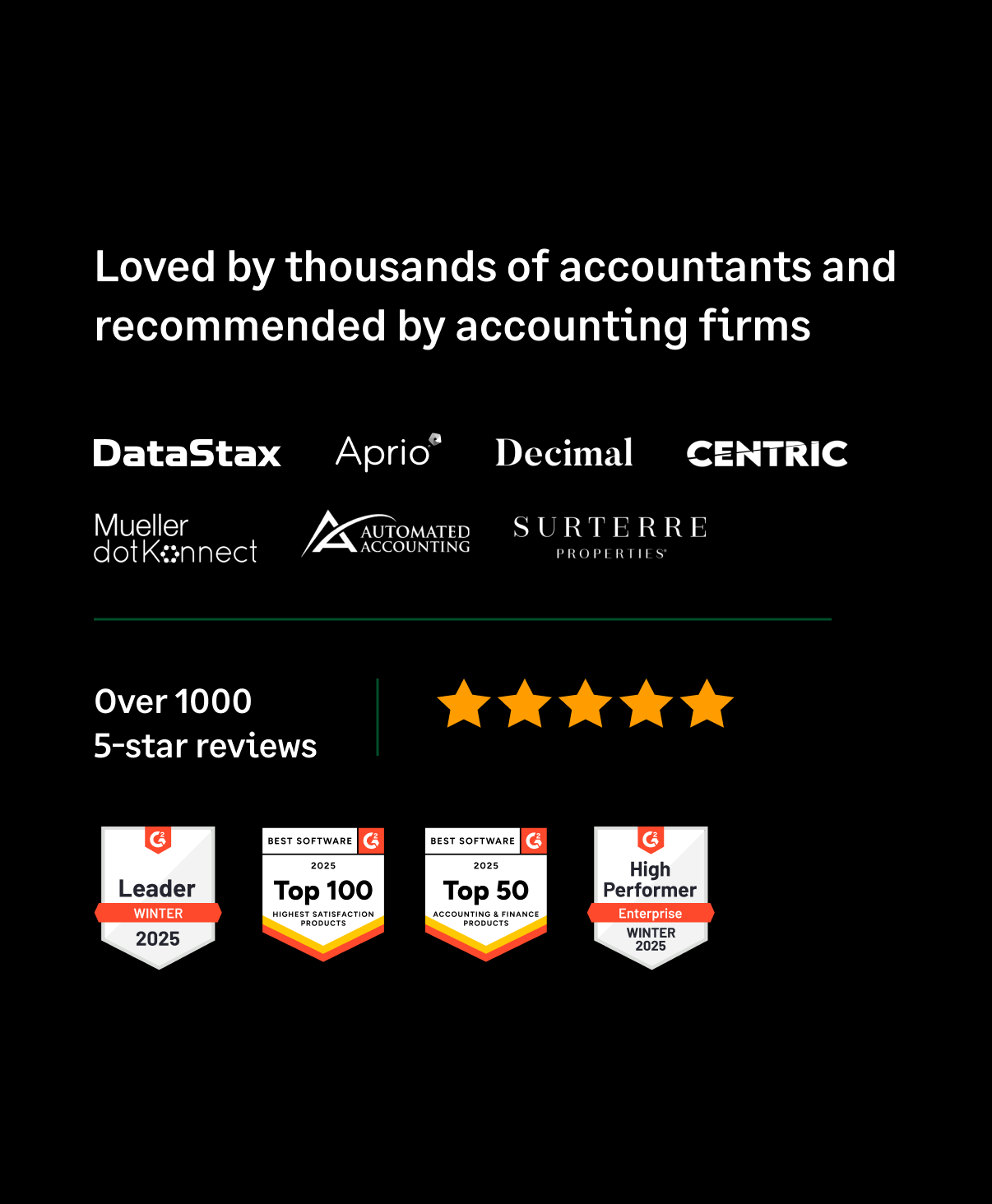Landscaping involves activities such as planting, pruning, and maintaining a lawn and garden. For a business, landscaping helps maintain the aesthetic appeal of the business premises. It is important to understand how to categorize and account for landscaping expenses properly.
Landscaping Expense Category
Landscaping expenses can fall under various categories, including:
- Operating Expenses: Routine landscaping and maintenance are typically classified as operating expenses. These are the ongoing costs a business incurs to run its daily operations.
- Capital Expenses: If the landscaping involves significant improvements or additions that increase the value of the property, it may be classified as a capital expense.
Some Important Considerations While Classifying Landscaping Expenses
- Routine Maintenance vs. Improvements: Is the work performed routine maintenance, or does it significantly improve the property?
- Depreciation: If the landscaping is considered a capital improvement, it may be subject to depreciation.
- Specific Purpose: Is the landscaping for general maintenance, or is it for a specific purpose, such as preparing the property for sale?
Examples of Landscaping Expenses
- Lawn mowing and trimming.
- Tree and shrub pruning.
- Fertilization and pest control.
- Planting flowers and shrubs.
- Installing a new irrigation system.
Tax Implications of Landscaping Expenses
The tax treatment of landscaping expenses depends on whether they are classified as routine maintenance or capital improvements.
- Routine Maintenance Expenses:
- Generally deductible as business expenses.
- Deductible in the year they are incurred.
- Examples: mowing, trimming, weeding, fertilizing, and pest control.
- Capital Improvement Expenses:
- Generally, these costs are capitalized.
- Capitalized costs are added to the basis of the property.
- May be depreciated over time.
- Examples: installing a new irrigation system, adding a water feature, or planting trees that significantly increase property value.
It's important to keep accurate records of your landscaping expenses and consult with a tax professional to ensure you are classifying them correctly.
How Sage Expense Management (formerly Fyle) Automates Expense Categorization & More!
Our AI-powered expense management software can help businesses accurately categorize and track their landscaping expenses. Our AI can automatically extract data from receipts and invoices, ensuring accurate record-keeping and compliance with tax regulations. This saves businesses time and reduces the risk of errors, making tax preparation easier and more efficient.
 4.6/51670+ reviews
4.6/51670+ reviews



